I recently had the occasion to study some material related to Human Centered Design. The general idea that I was able to gain from reading through this material is that Human Centered Design (HCD) is focused on the concept of understanding the people and environment that you are designing for. The idea is that once you understand what the people and environment are understood, you can better design a program that fits their needs.
The more I learn about Instructional Design (ID) and the more I learn about the different programs and processes that can be used in ID, the more I understand that there is no 'one way' to do ID. In a presentation that was a part of the material the presenter said "Design involves putting yourself in the shoes of the user, whether it is a customer or a learner. "- Connie Malamed. While this quote is valid and center to what ID is, I feel that focusing attention on HCD is simply just trying to develop one more 'process' in a pool of theories that will eventually become overwhelming.
ID in it's more basic form requires the designer to establish a goal or objective of the thing they are designing and to understand the needs of the audience they are designing for. Isn't that HCD? Furthermore, an effective designer understands that to develop a good product, they need to collaborate both with a team of experts and with the end user to understand if their design meets the needs. A good designer should understand that there are many different aspects of design and how they are incorporated into the process rather than focusing attention and effort on one specific type of theory that may or may not translate from one job to the next.
As exciting as it is for a new theory to try and re-imagine the design process, returning to the basics of ADDIE with the understanding that it is a fluid, ever changing process. In my experience someone who is flexible, adaptable and able to incorporate many different types of systems to meet the needs of the customer is the person best suited to thrive in the ID marketplace.
The more I learn about Instructional Design (ID) and the more I learn about the different programs and processes that can be used in ID, the more I understand that there is no 'one way' to do ID. In a presentation that was a part of the material the presenter said "Design involves putting yourself in the shoes of the user, whether it is a customer or a learner. "- Connie Malamed. While this quote is valid and center to what ID is, I feel that focusing attention on HCD is simply just trying to develop one more 'process' in a pool of theories that will eventually become overwhelming.
ID in it's more basic form requires the designer to establish a goal or objective of the thing they are designing and to understand the needs of the audience they are designing for. Isn't that HCD? Furthermore, an effective designer understands that to develop a good product, they need to collaborate both with a team of experts and with the end user to understand if their design meets the needs. A good designer should understand that there are many different aspects of design and how they are incorporated into the process rather than focusing attention and effort on one specific type of theory that may or may not translate from one job to the next.
As exciting as it is for a new theory to try and re-imagine the design process, returning to the basics of ADDIE with the understanding that it is a fluid, ever changing process. In my experience someone who is flexible, adaptable and able to incorporate many different types of systems to meet the needs of the customer is the person best suited to thrive in the ID marketplace.
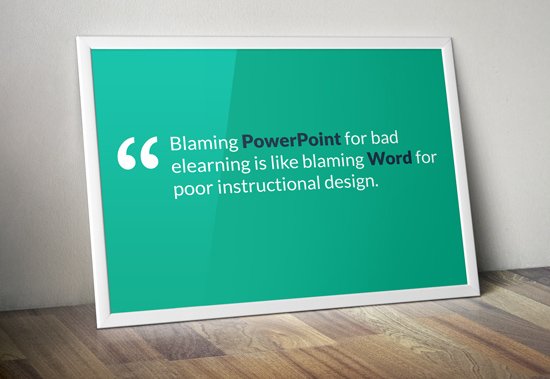
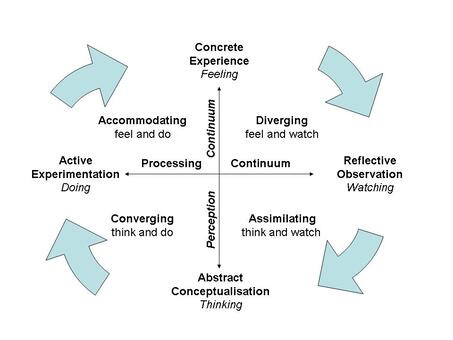
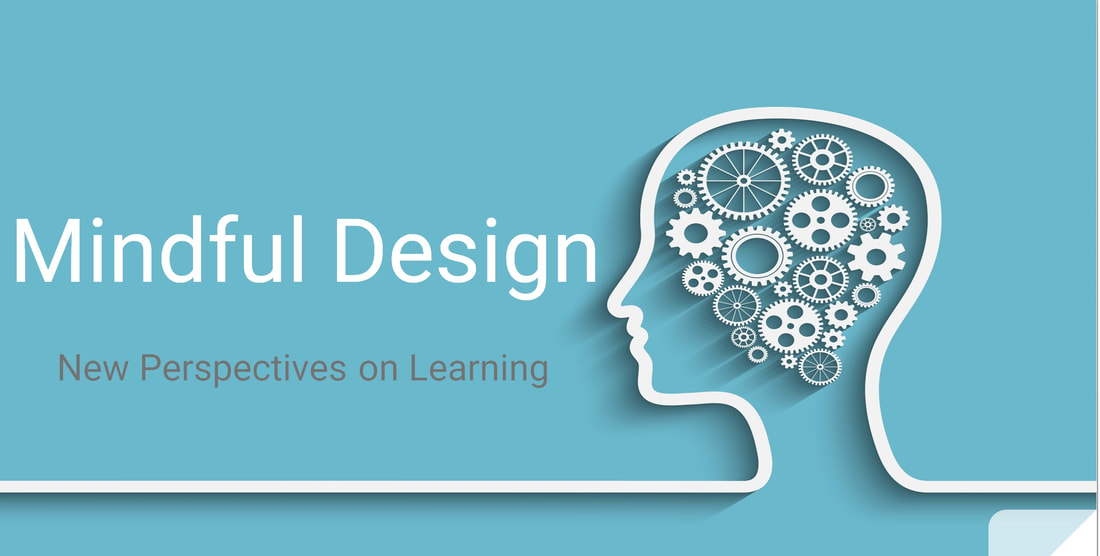
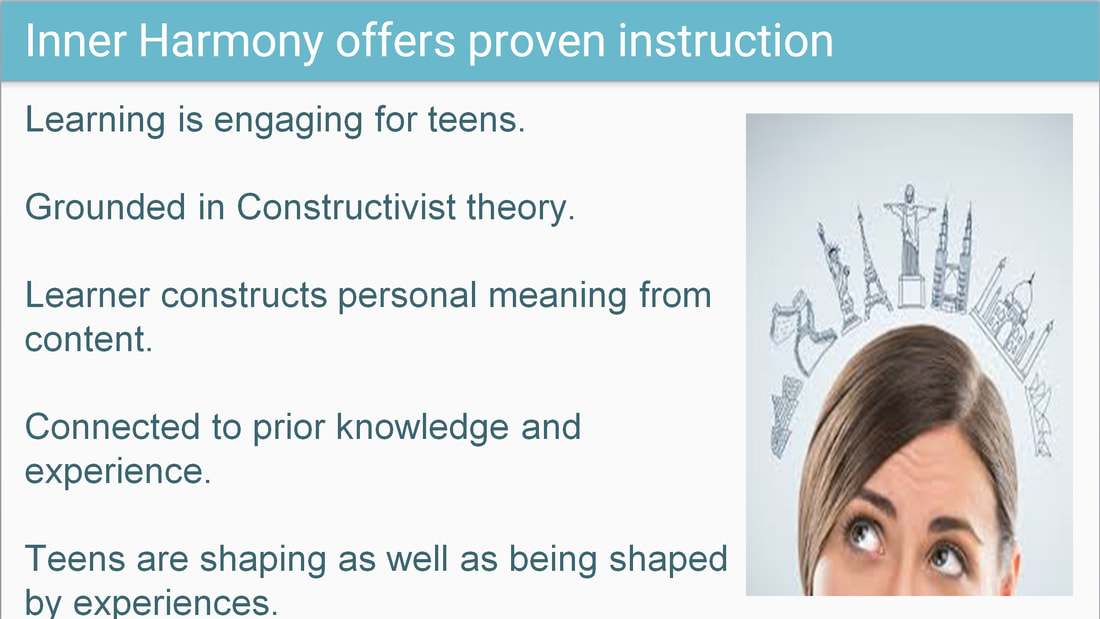
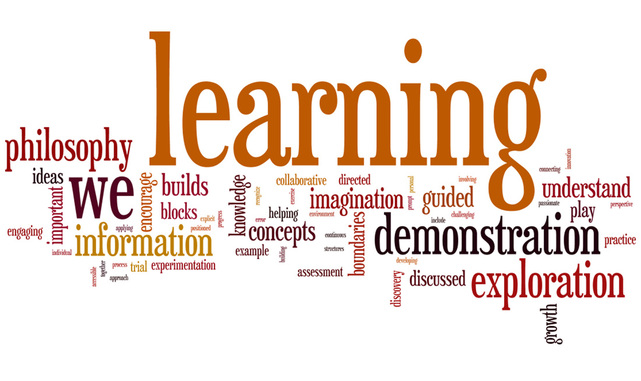
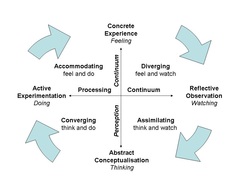
 RSS Feed
RSS Feed
